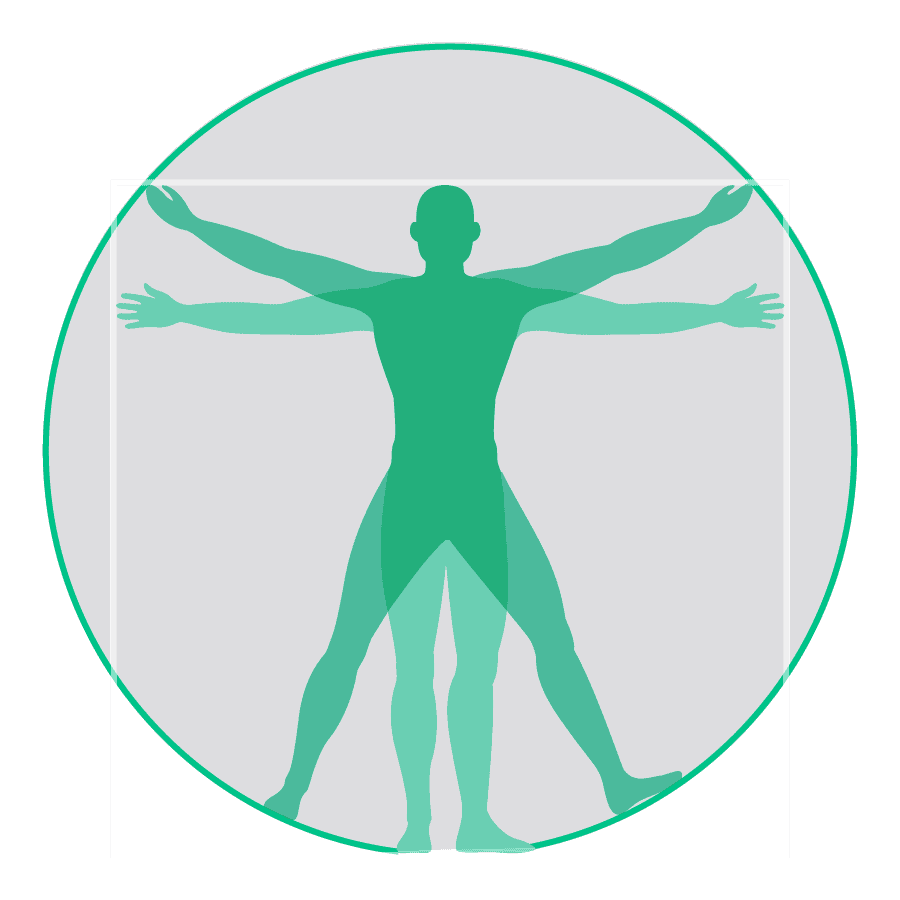How can companies be more accessible?
1. Create an accessible office space which can include installing ramps, providing adjustable desks and specialist equipment. Check that your office space is wheelchair friendly.
2. Look at accessibility tools to assist with a person’s digital experience which can include improved lighting, colour-coded keyboards, screen reader software and sign language applications.
3. Allow for remote work, flexible working and flexible hours. Covid-19 has shown that we can all still be productive and work hard even whilst working from home.
4. Always be ready to help and improve your business upon feedback. You may not have all the reasonable adjustments available but ensuring that you’re adapting quickly to implementing adjustments and fine-tuning your policies to promote accessibility is a start.
5. Re-define your hiring priorities such as embedding accessibility into the recruitment process to meet candidates’ needs and ensuring applications are accessible such as forms in braille or easy-read versions.
6. Understanding that disabilities can arise at any time in life. Anyone can encounter a disability at any point in life whether that be short or long term so it is important to be accessible and inclusive to everyone.
7. Have a policy in place to advocate for disability rights and an escalation point in place for people to feel comfortable in reaching out if there are any problems encountered.
Author: Natalie Reis, DE&I Champion & r10 Consultant



